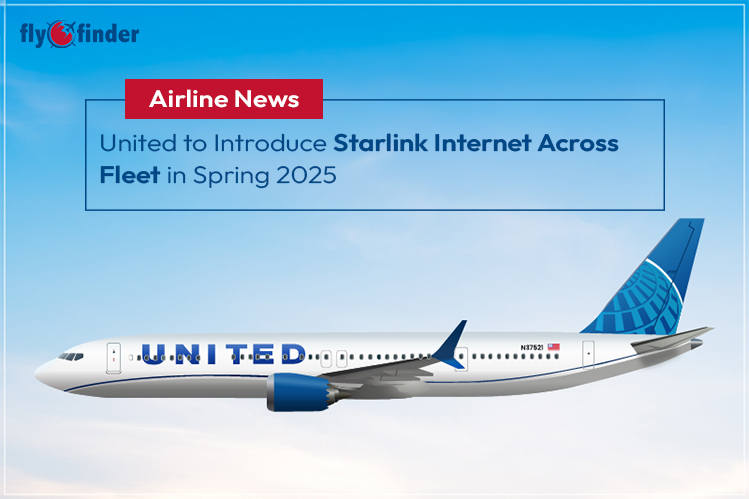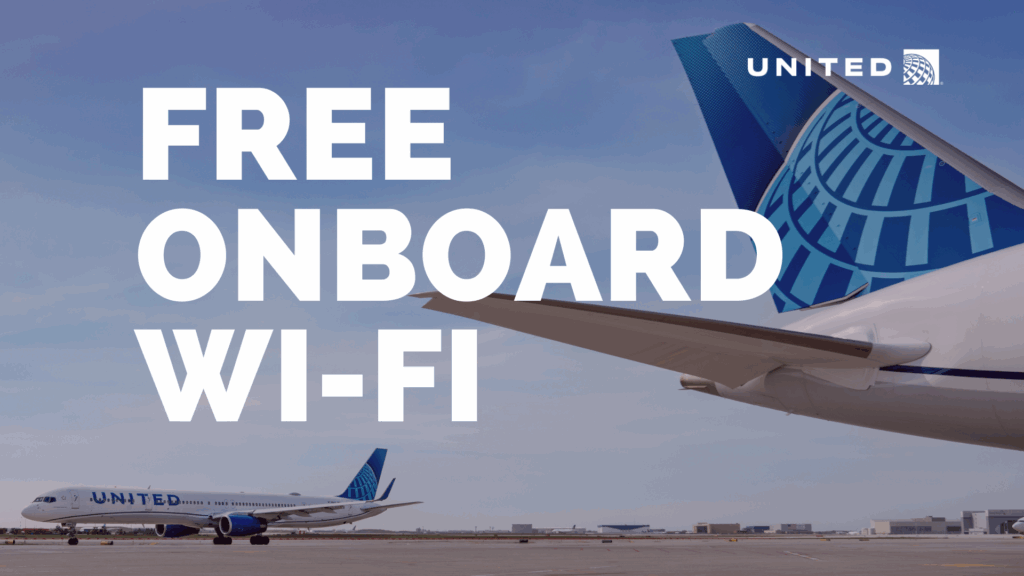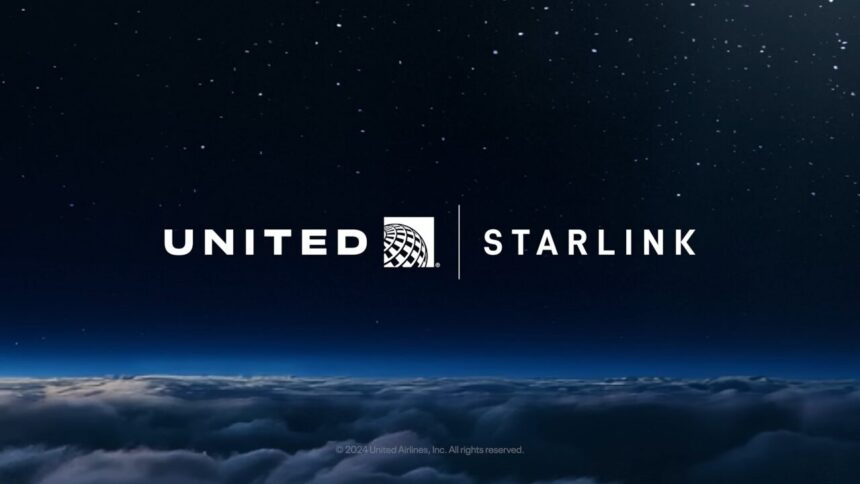SpaceX’s Starlink is ready to bring faster, more reliable in-flight Wi-Fi to United Airlines passengers. With fresh approval from the Federal Aviation Administration (FAA), United will expand Starlink to its larger aircraft. A level of airline connectivity is starting.
What’s Happening & Why This Matters
United Airlines received the green light from the FAA to begin installing Starlink Wi-Fi equipment on its Boeing 737-800 jets. These planes are among the airline’s largest, seating between 219 and 318 passengers. The first Starlink-equipped 737-800 flight is scheduled to take off from Newark/New York on 15 October.
The approval is a key step in United’s plan to integrate Starlink across its entire fleet. The company already offers Starlink service on more than half of its Embraer 175 regional jets. This rollout began in May.

United revealed that SpaceX continues to secure supplemental type certificates (STCs) from the FAA. These are to outfit more than 16 regional and mainline aircraft models with Starlink gear. These certifications are required to ensure proper integration of Starlink’s satellite hardware with each aircraft type.
Technical Hurdles and Fixes
The journey hasn’t been entirely smooth. During the initial rollout on Embraer 175 jets, United experienced static interference issues. The Starlink antenna was placed too close to another antenna used by pilots to communicate with air traffic controllers. This created operational challenges and posed safety concerns.
Engineers resolved the issue by redesigning the antenna layout, clearing the path for deployment. United’s rapid response underscores the complexities of integrating cutting-edge satellite technology into existing aircraft systems.
Starlink’s Extensive Reach
In July, SpaceX announced that Starlink is now active on more than 1,000 planes worldwide. Airlines Hawaiian Airlines and Qatar Airways are already providing Starlink-powered Wi-Fi. Others, including Air France, are preparing to follow suit.
According to Ookla’s Speedtest data, Starlink offers median download speeds between 120 Mbps and 160 Mbps — far faster than traditional in-flight Wi-Fi services. The performance leap promises a dramatically improved passenger experience. It enables seamless video streaming, work calls, and even online gaming at 35,000 feet.

Competition on the Horizon
Starlink isn’t without rivals. Amazon’s Project Kuiper, another low-Earth orbit satellite internet system, is positioning itself as a competitor. Earlier this month, JetBlue selected Kuiper to provide its future in-flight connectivity. However, Kuiper service won’t go live until 2027, giving Starlink a crucial head start. Amazon hinted at an early launch for some users in Q1 2026; satellite internet competition is H-O-T.
With United’s FAA clearance, Starlink is strengthening its foothold in the aviation market. Faster, more reliable Wi-Fi is a differentiator for airlines seeking to attract tech-savvy travellers.
TF Summary: What’s Next
Starlink’s approval to expand across United Airlines jets is a major milestone, bringing a next-generation internet experience to passengers. As Starlink rockets on, competitors Amazon Kuiper and AST SpaceMobile need to accelerate their timelines to compete. Passengers can expect more announcements from global carriers adopting Starlink, or rival technologies, in the coming months.
MY FORECAST: Starlink is expected to dominate the airline Wi-Fi market for the next few years. Competitors will be forced to innovate faster or risk losing ground entirely.
— Text-to-Speech (TTS) provided by gspeech


